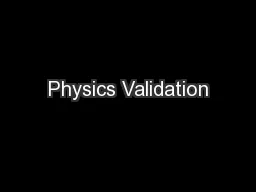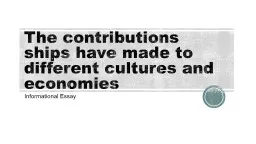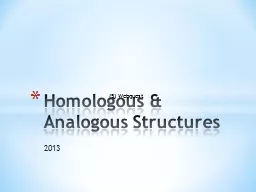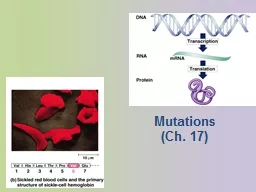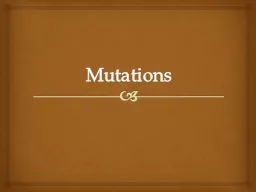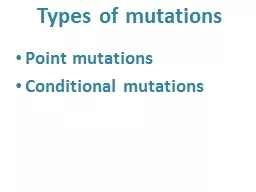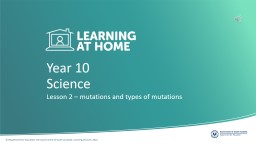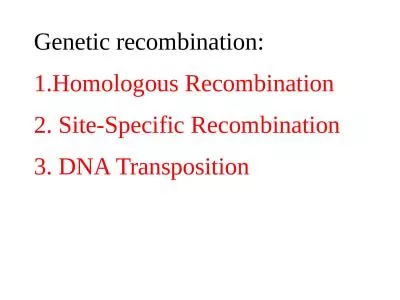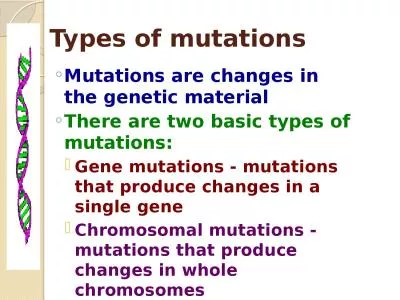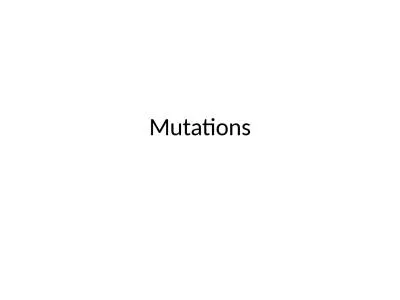PPT-Quantifying contributions of mutations and homologous reco
Author : ellena-manuel | Published Date : 2017-05-18
genomic diversity Sergei Maslov Department of Biosciences Brookhaven National Laboratory New York Bacterial genome evolution happens in cooperation with phages
Presentation Embed Code
Download Presentation
Download Presentation The PPT/PDF document "Quantifying contributions of mutations a..." is the property of its rightful owner. Permission is granted to download and print the materials on this website for personal, non-commercial use only, and to display it on your personal computer provided you do not modify the materials and that you retain all copyright notices contained in the materials. By downloading content from our website, you accept the terms of this agreement.
Quantifying contributions of mutations and homologous reco: Transcript
Download Rules Of Document
"Quantifying contributions of mutations and homologous reco"The content belongs to its owner. You may download and print it for personal use, without modification, and keep all copyright notices. By downloading, you agree to these terms.
Related Documents


